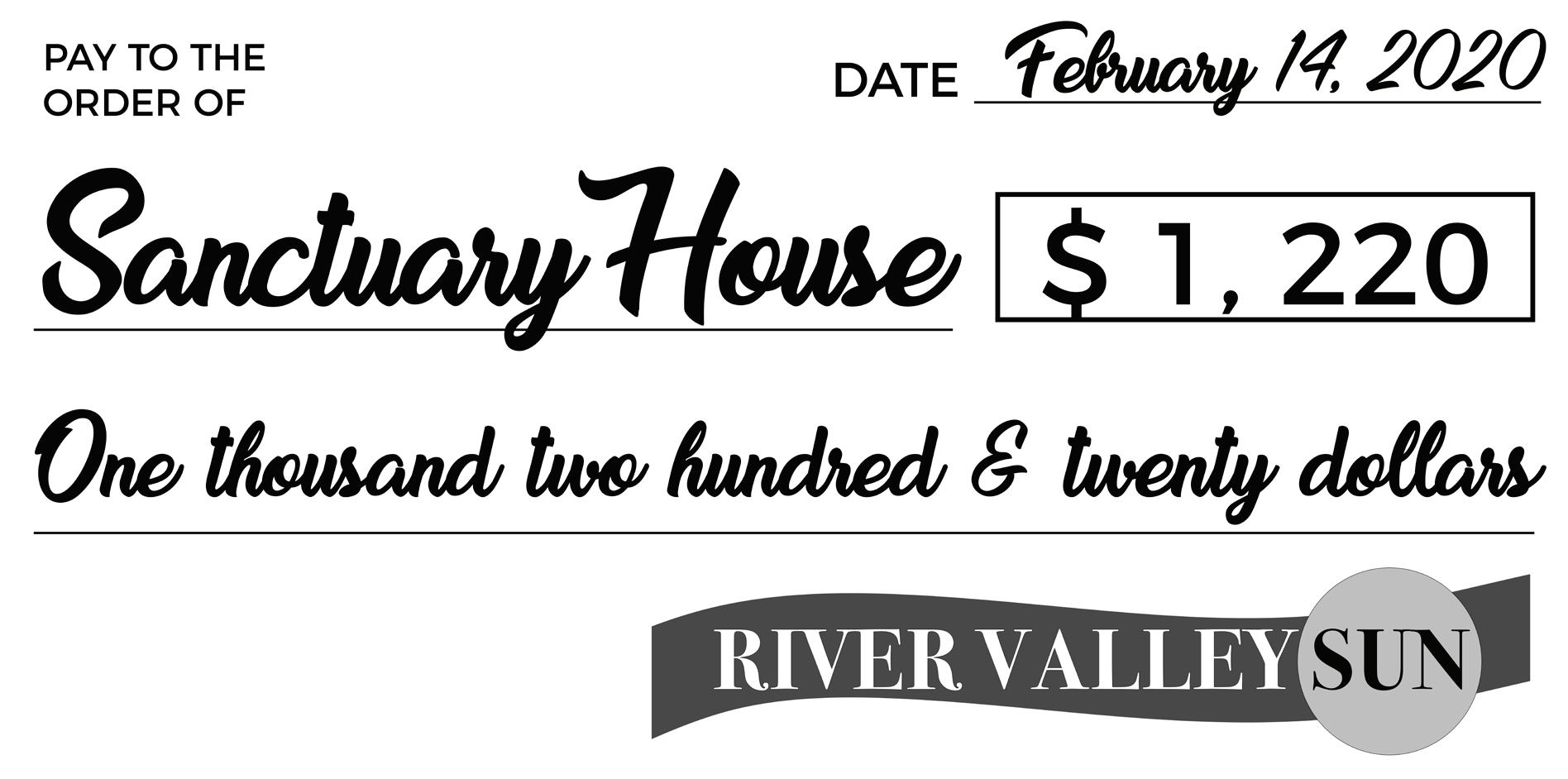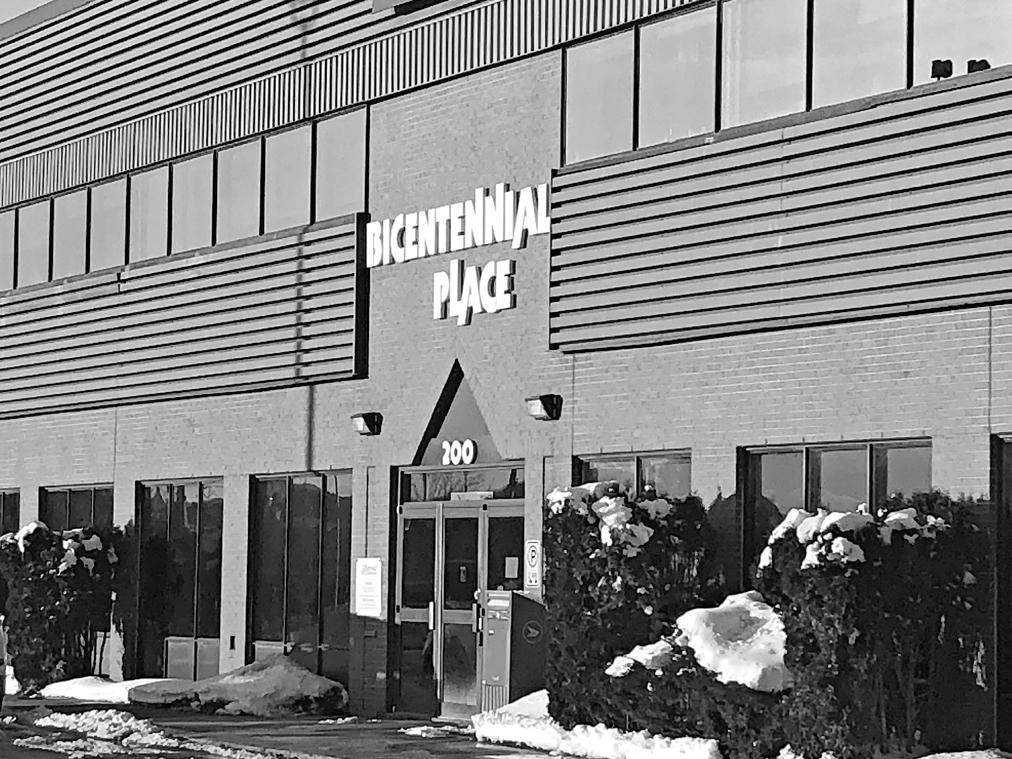
11 minute read
Original Maliseet name for what English ACROSS
8
POTPOURRI (... paying homage to late, local radio personalities Bruce Smith and Walter Tompkins) A Roundup of Interesting Photos and Events Fun and fundraising at the curling club Sixteen teams hit the ice in Woodstock’s Curl for Cancer
Advertisement
Story and photos by Jim Dumville
Curlers gathered for a day of fun and fundraising at the Woodstock Golf and Curling Club on Saturday, Feb. 8 during the 2020 Woodstock Manulife Securities Curl for Cancer.
A winter snowstorm forced the cancellation of Friday’s planned activities, explained Beth MacLeod, one of the event organizers, but spirits were high when the teams took to the ice on Saturday morning.
She said organizers had to condense the schedule, originally slated to start at 7 p.m. Friday evening, into a single day. She said the delay didn’t seem to hinder support or enjoyment of the annual event. Nor did it hurt the fundraising effort.
MacLeod said the Curl for Cancer event raised more than $16,600 towards the battle against cancer.
“It’s a fundraiser, but it’s all about fun,” said MacLeod, who was a member of Three Sheets to the Wind, one of the 16 teams registered to participate.
She said the 16 teams is up from 14 the year before, adding that organizers, with the support of sponsors and participants, want to see the fundraising event for the Canadian Cancer Society continue to grow each year.
Greg MacPherson of Manulife Securities, who has been the event’s main sponsor for the past several years, said Curl for Cancer continues to draw strong corporate support in the area.
Despite Friday’s winter storm only one team failed to make it to the event on Saturday, MacLeod and MacPherson noted, but the missing team had a great excuse.
“The team of snowplow operators couldn’t make it,” said MacLeod.
MacPherson said there were plenty of curlers in attendance to fill the slot on the schedule.
In addition to the fun on the ice, participants and visitors enjoyed food, drink and live entertainment.
The winning team for the event was MacLeod’s Three Sheets to the Wind foursome which included Adam MacDonald, Rebecca Shave and Graham Shave.
Janet Clark took home the award as the top individual fundraiser, while her team the Jolly Jellystones, which included Evelyn Clark, Deb Rae and Gale Rae, was named top fundraising team.
MacLeod said the funds raised surpassed their goal of $15,000.
“We truly appreciate all the support of all donors to make this happen,” she said. “We had a great weekend and hope to have continued success next year.”
Ashley Farrell and Haley Simonds of the McCain Spud Sweepers share a laugh during Saturday afternoon action.
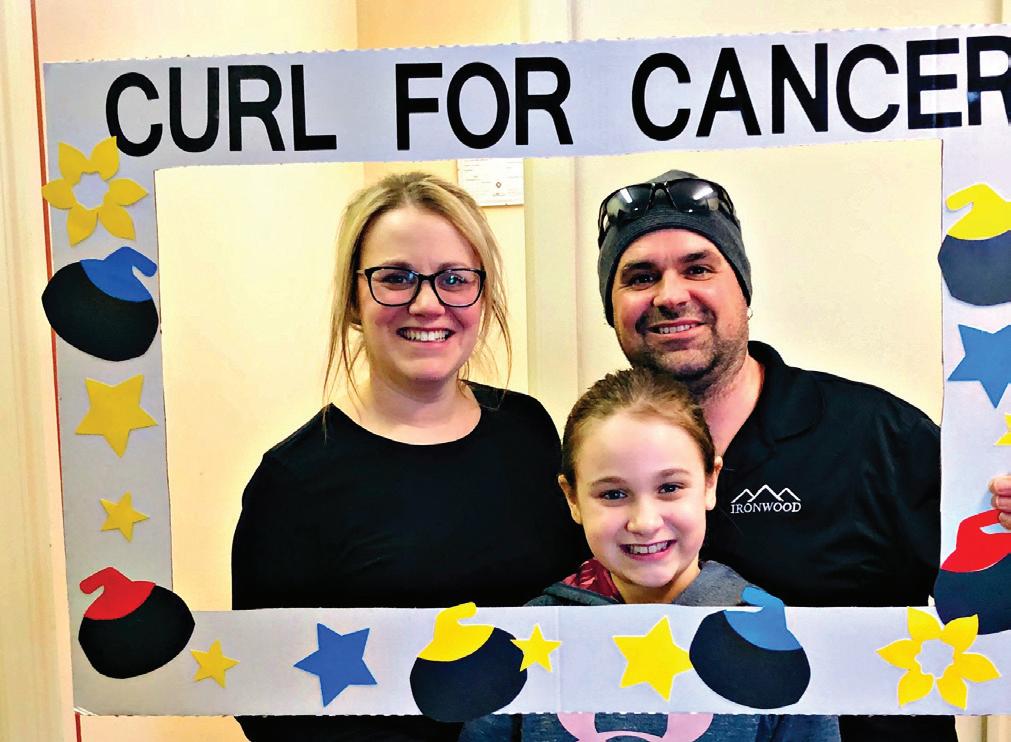
Juliet Brennan, centre, joins Ironwood Homes teammates Katie Brennan and Andrew Saunders for a framed photo.
Beth MacLeod with ‘Three Sheets to the Wind’, from left, Adam MacDonald, MacLeod, Rebecca and Graham Shave.


Martha Graham skips the Finders Sweepers team, which included Jordan Graham, Ryan Schultz and Colin Kelly.
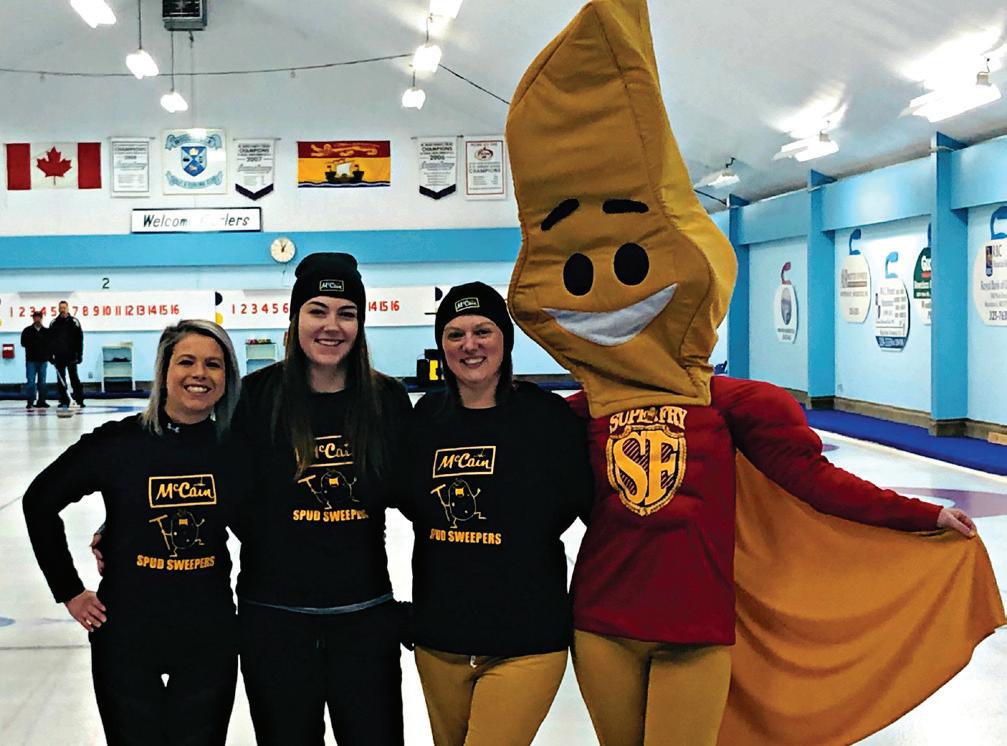
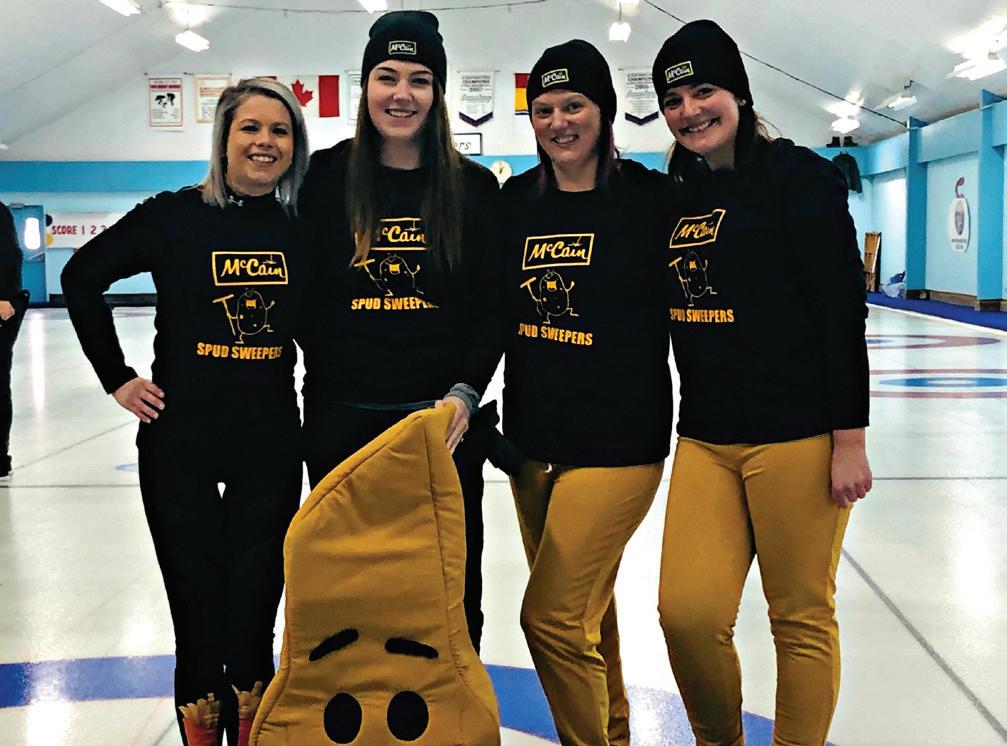

The McCain Spud Sweepers, from left, Ashley Farrell, Haley Simonds, Sarah Taylor and ‘Super Fry’ Ashley Hayter.

The Best is the LEAST we can do! AYR Motor Express CARES about our community, which is why we are proud to support the River Valley Sun and other community strengthening initiatives in our region.
My Thoughts Exactly
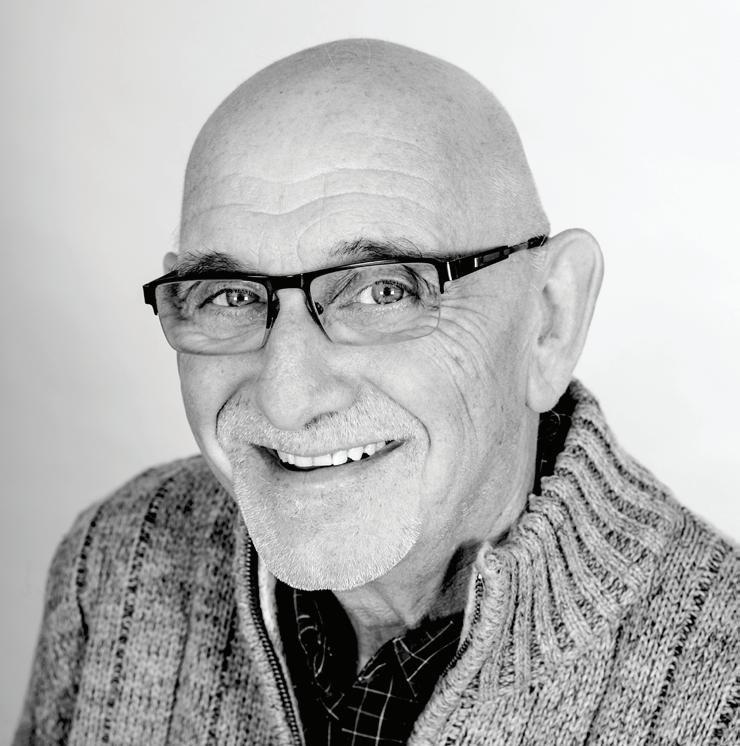
By Jim Dumville
When I arrived in Woodstock in the early summer of 1992, I discovered a nice small town but, truthfully, didn’t immediately see anything special. To be honest, it was my second trip to what at the time called itself Hospitality Town and my interest was anything but that of a tourist. My only other trip to Woodstock was a quick visit to NBCC Woodstock to audition for the radio journalism program. While accepted, I opted for print journalism. The program actually offered those options at the time.
I returned to Woodstock in early June for one reason only, to find a place to live for the next two years while I made my career-changing gambit. Arriving late in the afternoon, I checked into the Wandlyn Inn with plans to study the local classifieds and make phone calls in search of an inexpensive apartment where I could hang my hat for a couple of years.
Even the apartment hunt didn’t take me on an extensive tour of the town. When I mentioned to a motel staff member I was
My Big Fat Life
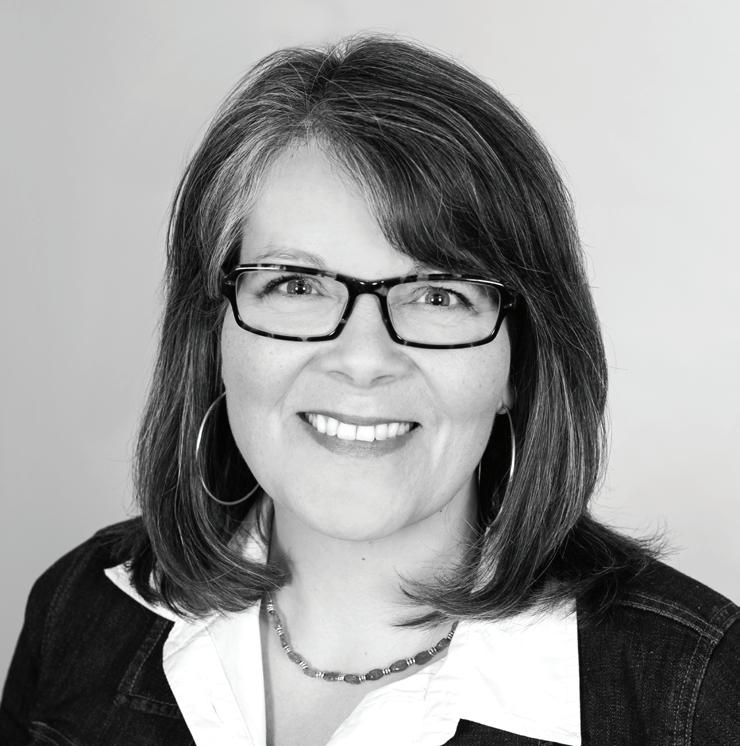
By Theresa Blackburn
My father was an engaged member of his community. He followed all levels of politics, worked on provincial and municipal campaigns, and before he died, lamented about not running for a municipal seat. He taught me that civic engagement is crucial to a community’s survival. He also taught me, by example, that one should not fear being disliked in your quest to serve your community well. In 2008, less than two years after moving to Woodstock, I ran for a seat on town council. I knocked on doors, did call outs, chatted with people at the post office and the local coffee shops, and won. I did this after spending nearly a year and a half attending council meetings. Often, I was the only person in the gallery. in search of a place to live she introduced me to a man named Steven Rose, who just happened to be in the building at the time. Perhaps it was fate, but most likely coincidence.
Early the next morning Rose, who with brother Joel owned SJR Enterprises, showed me a small apartment in an old converted house on Broadway. It wasn’t the Taj Mahal, but it proved A1. Well, it did if the A stood for available and affordable. With my new home secured, I hit the road back to Moncton, only to return to Woodstock in August to move into the apartment. The husband of my cousin, who said he made a few visits to Woodstock in the past, volunteered to help me move.
Again, the visit was short and limited. We unloaded the van, set up the apartment as best we could then headed out of town. I told my helper, Mike, I’d buy him lunch if he knew of a restaurant of choice in Woodstock. Mike said he once ate at a place called Burger Junction but wasn’t exactly sure where it was located. He remembered it being on a long street running between Main Street to the Trans Canada Highway.
Without a map of Woodstock, and long before GPS, smartphones or easy access to the Internet, we headed up Main Street. We finally saw the sign which pointed us towards the highway. Unfortunately, we were on the road to Jacksontown, not Burger Junction. Once we hit the highway, we decided to head back to Moncton and find a place to eat on the way. If memory serves me correctly, I had my first of many meals at Wry’s Irving in Bull’s Creek.
On Labour Day weekend of 1992, in preparation for my new adventures in journalism, I finally became a permanent resident of Woodstock. It was only at this point I really began to study what kind of

town I would call home.
With a somewhat picturesque setting at the junction of two rivers and a historic ambiance in the downtown core, I saw a hint of potential, but the derelict buildings on the south side of the bridge and a mostly unkept shoreline along the Meduxnekeag River showed little sign of efforts to realize that potential.
However, as my love for my new home grew I began to witness significant growth throughout the town. I arrived in time to witness the construction of the new Carleton Civic Centre and watched the business district along Connell Street begin to expand. I saw the arrival of fast-food chains and the expansion of major supermarkets and other large retailers.
I also welcomed the new focus on beautifying Woodstock’s gem, it’s downtown. The creation of the greenway along the Meduxneakeag, complete with its well-maintained trails and other upgrades, proved more than a facelift. It was the beginning of a complete re-imagination of what downtown Woodstock could be.
Unfortunately, the makeover stalled somewhat over the past decade as the downtown lost two major structures, while businesses, such as the liquor store and others, moved or closed. On the positive side, the newly vacant lots provide room for development and imagination.
The reflections of my early impressions of Woodstock were a result of covering the story on the near completion of the town’s 10-year-plan. I know the mayor, council, staff and consultants envision a great future for New Brunswick’s First Town. I’m also confident their vision or that of those who follow will be realized.
I foresee a vibrant, pedestrian-friendly downtown core with a newly upgraded town square, new boutique-style businesses and a healthy mix of residential, commercial and retail development. The key will be to build partnerships with the private sector to ensure building a new downtown can move forward. Council must set and enforce the rules, but ensure those rules don’t become roadblocks to development.
My first impressions of Woodstock were not remarkable, but the people and growth I have witnessed since then certainly are remarkable.
Jim Dumville is a resident of Woodstock, a passionate journalist, and the managing editor of the River Valley Sun.
Municipal engagement and televised council meetings
Sometimes I did have company, but it wasn’t often. If something controversial was being discussed, or someone wanted to see if a variance they applied for was going to be granted, I might find a few folks seated beside me.
Many people within communities up and down the river valley don’t wholly understand what town and village councils do. That’s not entirely their fault. Many councils don’t do a great job of communicating with the people they serve.
Many large city councils across Canada have adopted an open door/open council policy through the broadcasting of meetings on local cable stations or online. Few towns and village councils here have embraced that approach.
Some municipal councillors I’ve spoken with at the annual Union of Municipalities New Brunswick meetings have said they fear upsetting or offending people. Others worry about optics; some are concerned they may say something inappropriate. Many are missing the point.
In New Brunswick, municipal leadership is negatively impacted by the lack of real community engagement. That lack of engagement leads to a lack of understanding, which leads to a lack of candidates, which leads to a lack of gender parity, which can lead to a lack of support for large projects. And all of this leads to apathy, which impacts voter turnout.
Engagement needs to start at a very basic level – letting people see WHAT we do. I believe we need to embrace the broadcasting of council sessions, so people have the chance to view, for themselves, the issues that councils deal with – the issues that impact them directly.
Few people understand the processes of bylaw amendments, rezoning applications, and capital budgets. Even fewer understand the Municipalities Act that governs us, tendering rules or the Municipal Capital Borrowing Board’s role in how a town like ours secures loans for infrastructure projects.
I knew very little about these things when I started this journey 12 years ago, and I’m still learning.
As stewards of the tax dollars provided by the residents of communities, councils have an obligation to not just foster a positive working relationship with multiple levels of government, but to also foster a positive working relationship with the people they serve. That includes educating them on what we do, how we do it, and the ramifications our decisions will have on the things that impact them most, like water, sewer, roads, recreation, fire, police, etc.
For 12 years, I’ve seen a few people come to council meetings. I believe it’s time we bring the council meetings to them. It’s time we embrace the 21st century. It’s time to broadcast council sessions, live, on the Internet.
We must communicate to residents, and with fewer and fewer news organizations putting resources into covering local councils, we need to be our own broadcasters.
With advances in technology and multiple online platforms, it also means it will take very little of our tax dollars to broadcast council sessions. All you really need is a smartphone, a tripod, and a YouTube channel. I have pushed for our council to embrace this form of communication, but I am still only one of two voices in favour of this kind of initiative.
In May, when municipal elections are held across New Brunswick, my name will, again, be on the Woodstock ballot. I hope the new council will be more open to the suggestion of live broadcasts. Until that happens, I encourage you to take the time to take in your local council meetings. If you can’t fit that into your schedule, read local news stories about council meetings and decisions, and visit your local village or town website to read council and committee minutes.
Councillors are more effective if they have an engaged public who give them knowledgeable feedback. I believe my town is worth the effort I make in serving the people who live here. I just hope you feel we’re worth your effort in taking the time to understand exactly what we do.


